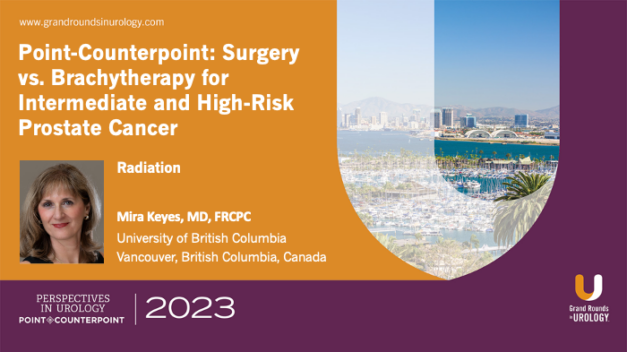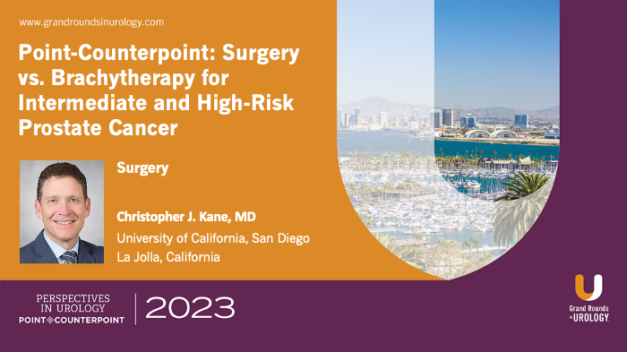Clinical Trials for BCG-Naive and BCG-Unresponsive NMIBC
Amirali Salmasi, MD, delves into a comprehensive discussion on risk stratification and treatment options for BCG-naive and BCG-unresponsive bladder cancer. In his enlightening presentation, Dr. Salmasi provides a thorough examination of the diverse risk groups, elucidating the distinctions between low risk, intermediate risk, and high risk based on tumor grade and size. Moreover, he delves into the crucial aspects of adequate BCG treatment and outlines the criteria for BCG unresponsiveness, enhancing our understanding of these critical factors.
Furthermore, Dr. Salmasi takes us on an exploratory journey through the realm of treatment approaches for bladder cancer. He shares insights on the exciting possibilities offered by sequential chemo, hyperthermia, immunotherapy, and targeted therapy, elaborating on their respective mechanisms and potential benefits. To bolster his insights, Dr. Salmasi highlights key studies and trials conducted, underscoring the promising outcomes that have been observed.
Read More




